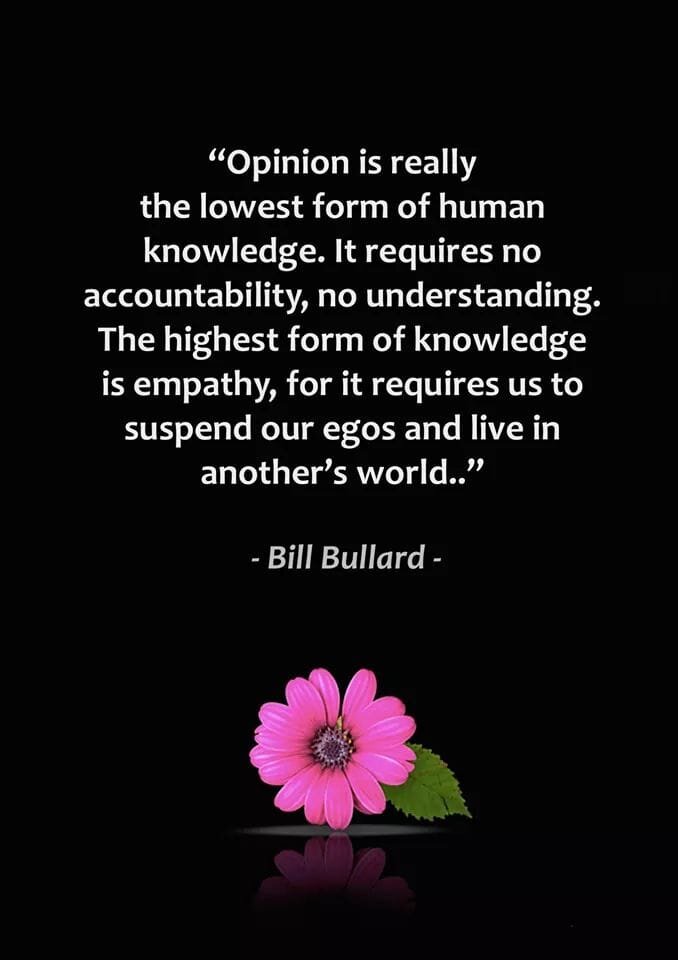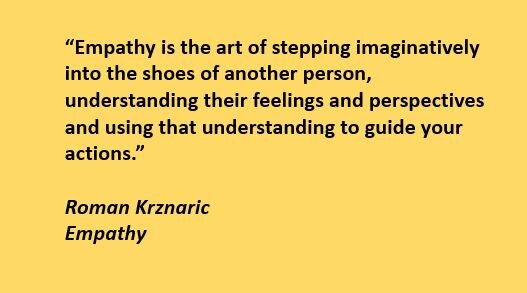A conflict resolution conversation represents an opportunity to do something different. To stop fighting and collaborate. So, what can you do to make the most of your opportunity to get to a mutually beneficial agreement?
1. Prepare
You’ve probably heard how failing to prepare, is preparing to fail. And this is very true of our conflict situations. There are things you can do to get yourself ready so that you can be at your best when having a difficult conversation. We can figure out in advance what we are feeling, what we need, what external norms, standards and laws are at stake, but also what we’ll do if we don’t reach agreement. Completing the worksheet on the back is a great idea!
2. Listen to understand
The best way to persuade another person is by listening well. “Seek first to understand, then to be understood”, said the late Stephen Covey. Yet listening is one of the hardest skills to master – especially when we perceive the other negatively. As long as you are listening and demonstrating that you understand what the other is saying, you are more likely to reach your goal: agreement.
3. Respond wisely, don’t react defensively
Holocaust survivor Viktor Frankl famously pointed out that there is a gap between stimulus and response and that in that gap lay our freedom. We respond wisely to our conflict situations when we are able to articulate what we are feeling and needing and our actions are guided by our highest values. By contrast, when we react defensively, we judge and blame and escalate the situation.
4. Use I Statements to communicate without judgment or blame
‘I’ statements are different from ‘you’ statements. You statement are judgmental and shut down communication. They are ineffective communicators of what people really feel or need.
By contrast, ‘I’ statements are empathic and open up communication. They require you to describe the situation observationally; to identify how you feel about what you have observed; to articulate your needs that are not being met and which give rise to your feelings; and to describe the concrete actions you need to move forward.
The four elements of an ‘I’ Statement are:
o I feel… (Feelings)
o When… (Observation: describe behavior in non-blaming terms)
o Because… (Needs)
o Make a positive behavior request. (Request)
For example: “I feel frustrated when you start talking before I have finished because my full message is important. I would appreciate it if you could let me finish talking first.”
5. Assert your needs and be creative when you brainstorm solutions
To assert your needs, you must first know what they are. Sadly, we often don’t know what we are needing and focus more on our judgments and demands of others. Reframe the conversation to focus on your needs. Coming into the conversation knowing what your needs are will make a huge difference. And, the more you can anticipate what your colleague needs the better. Once we have a good sense of what we each need moving forward, we have an opportunity to find mutually beneficial solutions. In many senses, we are limited by our own creativity.
6. Consider what external norms, standards, and laws are at stake
Conflict plays out within a particular context in which participants have expectations of what will happen based on what has happened to others (precedent), and also any relevant norms, standards and law. Knowing this in advance, will help. For example, if you have a concern about noise, is there a policy or directive in the handbook that describes what to expect?
7. Know what you will do if you don’t reach agreement
It is important to know what you will do if you don’t reach an agreement (your alternatives). Also, it’s wise to contemplate what the other person may do (their alternatives). You may not like what is being offered but if you don’t have a better alternative away from the table it may be wise to accept what’s on the table. Knowing what your best alternatives are, will inform you as to whether you should accept an offer made. If you have a better way of meeting your needs on your own (a strong alternative) you won’t be as motivated to work something out. However, if you don’t, then you will be more motivated to find a mutual way forward.
8. Focus on the future
When it comes to resolving conflict, mediators encourage you to focus on the future you would like to create, rather than on the past that didn’t work. At the same time, it is important to be able to talk about what happened in the past, so that you can get closure, but always with an eye to the future you are envisioning.
9. Be conciliatory
A genuine apology is a conciliatory gesture. If you need to apologize, do so. And if your colleague is conciliatory, make sure you acknowledge the gesture and reward it. Don't respond to conciliatory gestures with an attack. For example, "I can see my part in this problem" is conciliatory. Saying "It’s about time" or something to that effect, negates the impact of the gesture.
10. Be Open
Doing what we always did got us here! View the conflict resolution conversation as a way to do things differently. So, if you come into the conversation thinking you are right, have all the answers and have nothing to learn then it is unlikely that you are going to work things out. By contrast, if you are open to showing up differently, then there is a reason to be hopeful. Either you are open or closed. Be open!
Preparation Worksheet Questions:
What am I feeling?
What may my colleague be feeling?
What do I need?
What are my colleagues needs?
What external norms, standards, precedents or laws have a bearing on the situation?
What external norms, standards, precedents or laws have a bearing on the situation?
What will I do if we don’t reach an agreement? Consider best and worst cases.
What will my colleague most likely do if we don’t reach an agreement? Consider best and worst cases.











